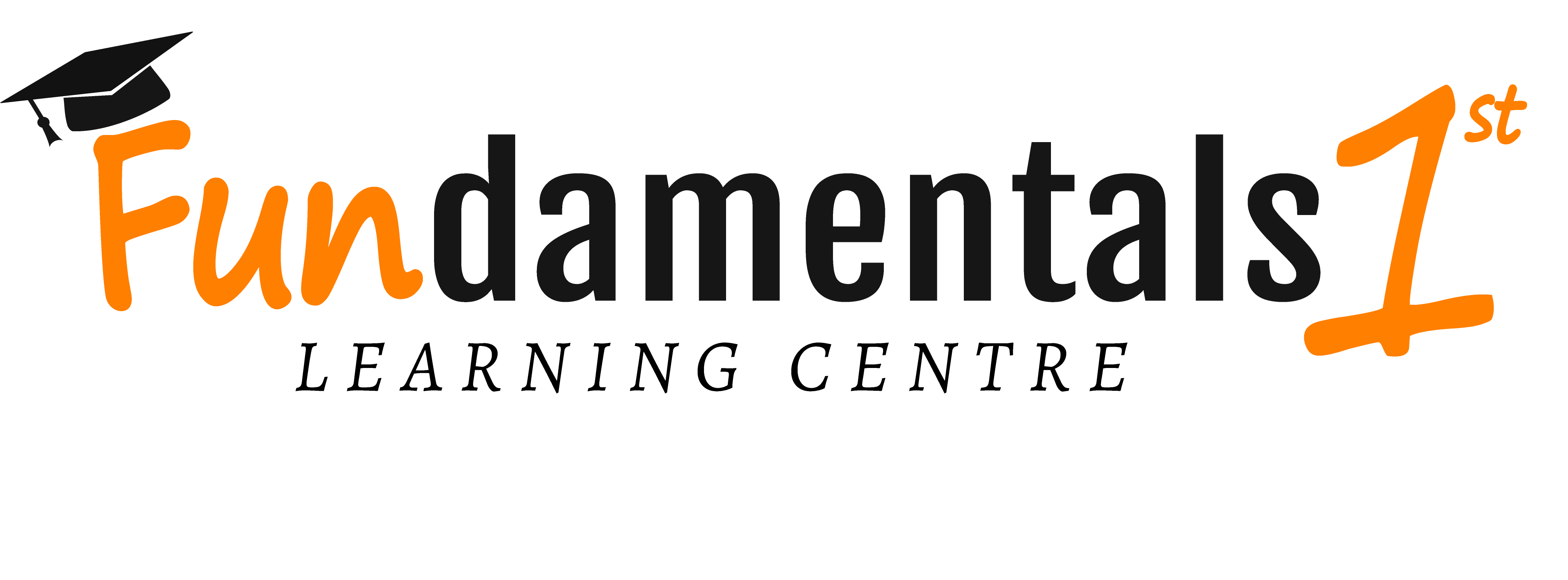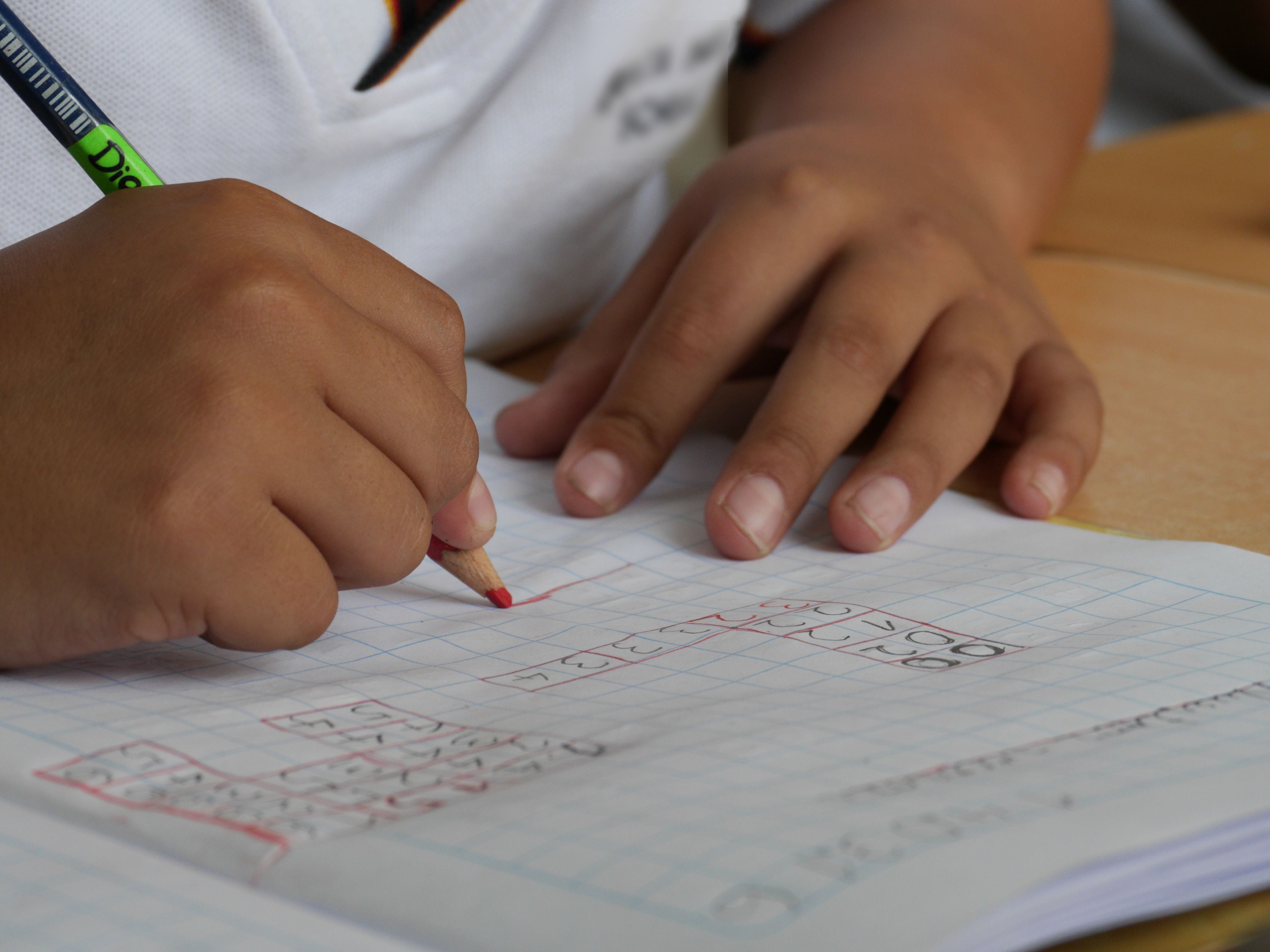
The Power of Mindfulness in Education
In recent years, mindfulness has gained attention as a powerful tool not just for personal well-being but also for enhancing educational outcomes. But what exactly is mindfulness, and how can it impact the classroom?
Mindfulness is the practice of being fully present and engaged in the current moment, without judgment. This simple yet profound practice can offer a range of benefits for students and educators alike.
1. Enhanced Focus and Concentration Mindfulness helps improve students’ ability to concentrate and stay on task. By training the mind to focus on the present, students can better manage distractions and improve their attention span, leading to more effective learning.
2. Reduced Stress and Anxiety The demands of school can often lead to stress and anxiety. Mindfulness practices, such as deep breathing and meditation, can help students manage these feelings. Reduced stress levels can lead to better performance and a more positive learning environment.
3. Improved Emotional Regulation Mindfulness encourages self-awareness and self-regulation. Students who practice mindfulness are better equipped to understand and manage their emotions, which can enhance their interactions with peers and reduce conflicts.
4. Better Academic Performance Studies have shown that mindfulness can positively impact academic achievement. By fostering a calm and focused mind, students are more likely to retain information and apply their knowledge effectively.
5. Strengthened Teacher-Student Relationships For educators, mindfulness can help in building stronger relationships with students. By modeling mindfulness practices, teachers can create a more supportive and empathetic classroom atmosphere, which can benefit both teaching and learning.
Incorporating Mindfulness into the Classroom
Integrating mindfulness into education doesn’t require major changes. Simple practices like starting the day with a few minutes of mindful breathing, using calming techniques during transitions, or offering short mindfulness exercises during class can make a significant difference.
As we continue to explore and understand the benefits of mindfulness, it’s clear that it holds great potential for enhancing educational experiences. By embracing mindfulness, students and educators can create a more focused, balanced, and harmonious learning environment.
So, take a moment to breathe, center yourself, and embrace the power of mindfulness in your educational journey. The benefits are well worth the effort! 🌟🧘♂️📚




